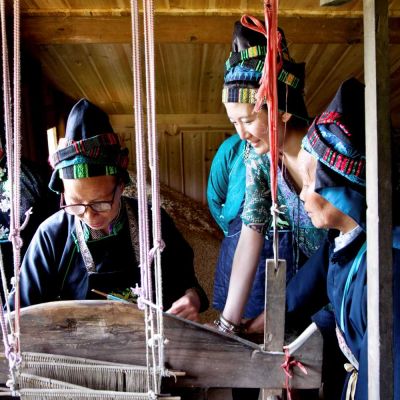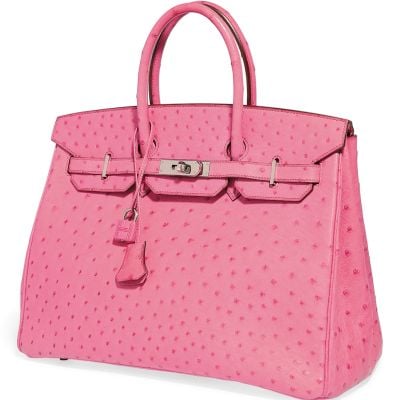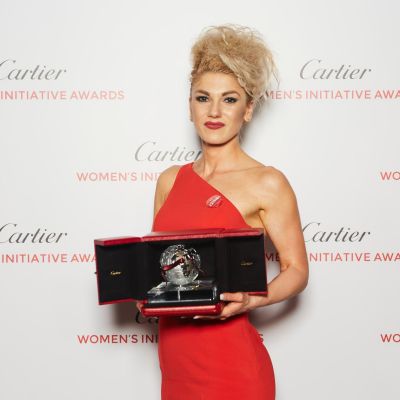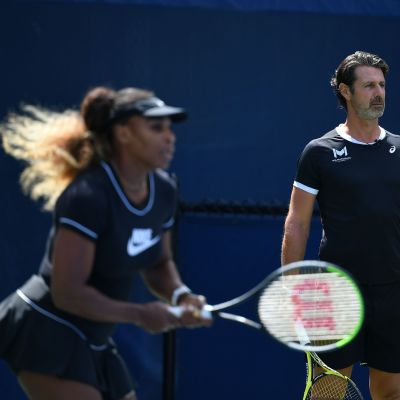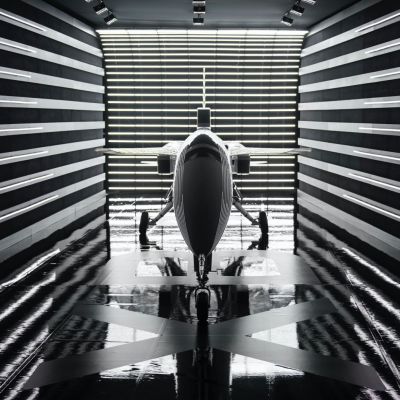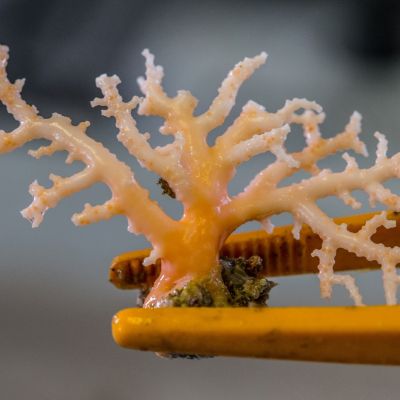To Infinity… and Beyond
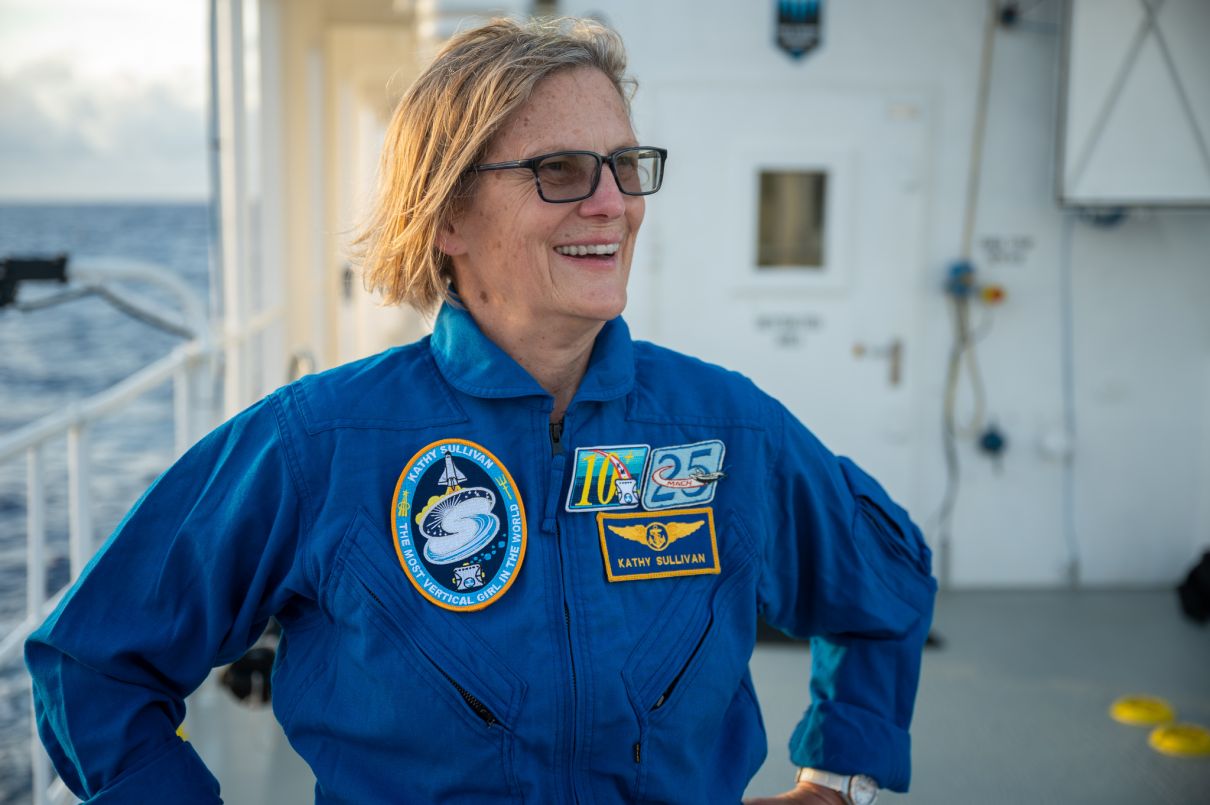
Astronaut and oceanographer Kathy Sullivan is one of the most remarkable scientists of our time.
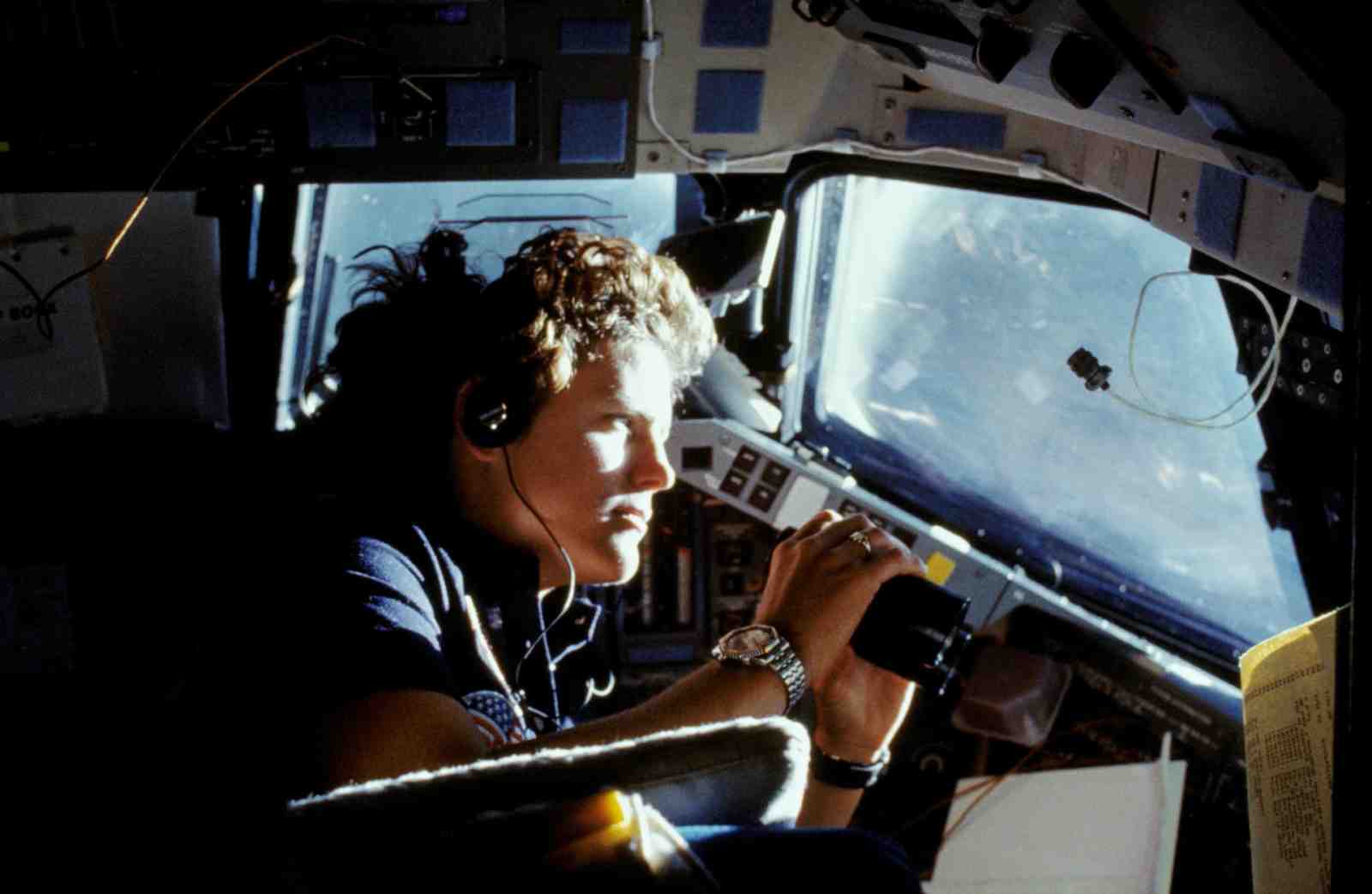
Kathryn D Sullivan must have described her moon walk a thousand times, but her eyes still light up when she talks about it. “It’s a challenge to describe, because although you’ve added 300 pounds to your body with a space suit, you don’t feel that weight because of the zero gravity. But you are aware of the mass because it takes longer to move.”
Former Nasa astronaut Sullivan was the first American woman to spacewalk, when, in 1984 when she had to fix the payload bay of the space shuttle Challenger, which was travelling at 17,000 miles per hour about 140 miles above the Earth. Today, she is still one of only 259 people to have ever spacewalked.
“Those impressions of where you are and scale and complexity, and fragility, that’s a vivid part of what every astronaut brings home,” says Sullivan. “But the most vivid thing, is how remote you suddenly feel,” she adds. “You’ve done all your training in a swimming pool, but here there are no scuba divers, it’s just darkness, and no one else except you and your colleague, and, if you swivel yourself to look, your whole planet is far below.”
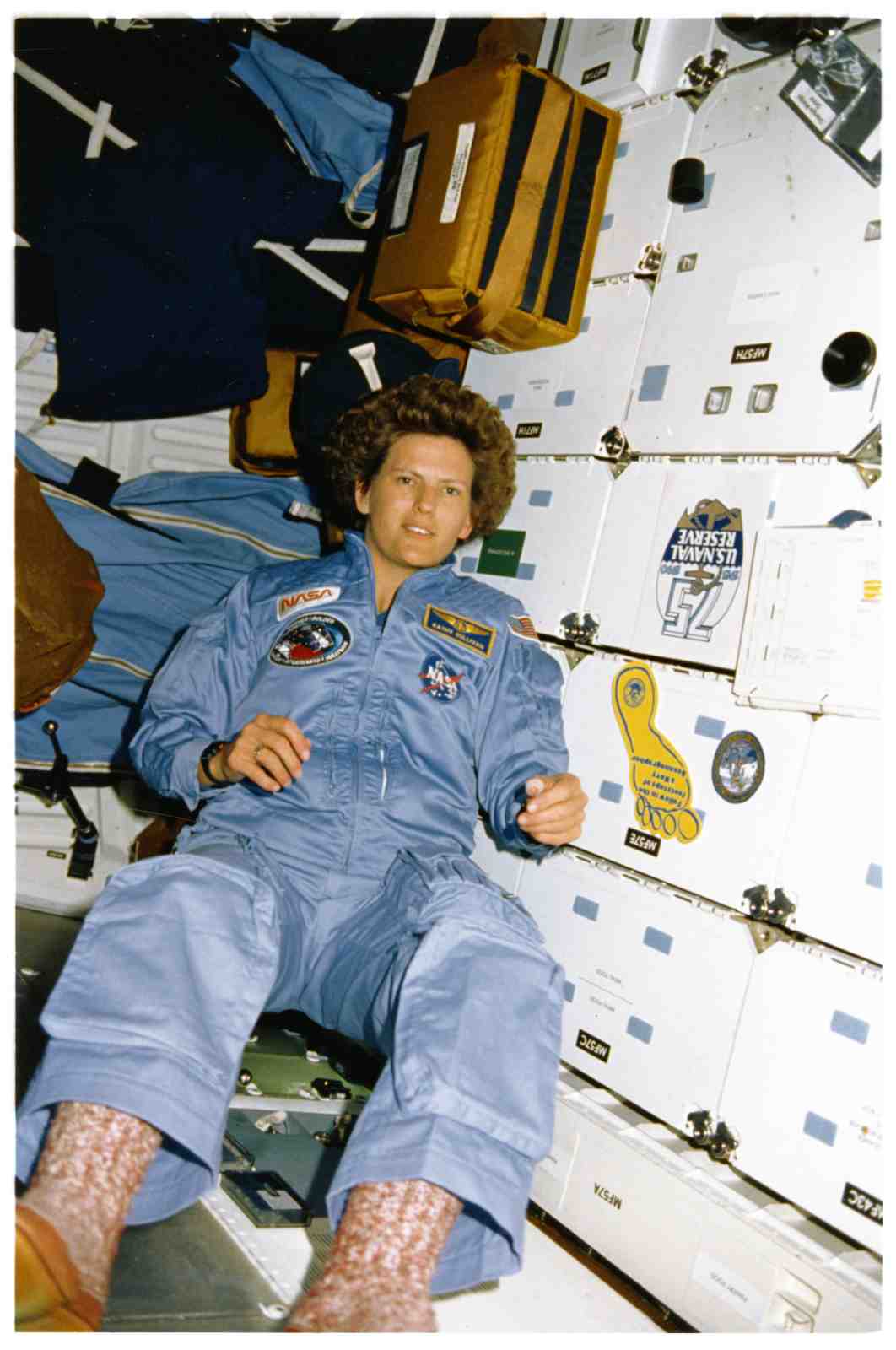
New Jersey-born Sullivan, who trained as an Earth scientist and PhD geologist and oceanographer, has chalked up several firsts as a woman. In 1978 she was selected as one of the six women among the 35 astronaut candidates in Nasa Astronaut Group 8, which was the first to include women. She went on to become the first woman to be certified to wear a US Air Force pressure suit, and in 1979, she set an unofficial sustained US aviation altitude record for women. During her first mission, STS-41-G, Sullivan performed the first extra vehicular activity by a US woman, aka a spacewalk. In the early 1980s, she and Sylvia Earle were part of the first group of women to be admitted to the historic Explorer’s Club.
Perhaps breaking barriers came naturally to her, which is the reason why her gender never felt an issue. The hardest thing about being an astronaut was the extreme level of training you had to go through but, of course, it was all worth it, says Sullivan. “Thanks to my upbringing, I was inoculated against thinking that my sex had any factor in what I want to do,” she adds. “If you were interested in something you should do it, that is what both me and brother were told. My parents also taught us that people will always give opinions, but they don’t get to edit your interests. That gave me a shield.”
For many, it would be enough to go on three space shuttle missions, including the one that deployed the Hubble Space Telescope, logging a total 532 hours in space. But when Sullivan hung up her moon boots in 1993, she was only getting started.
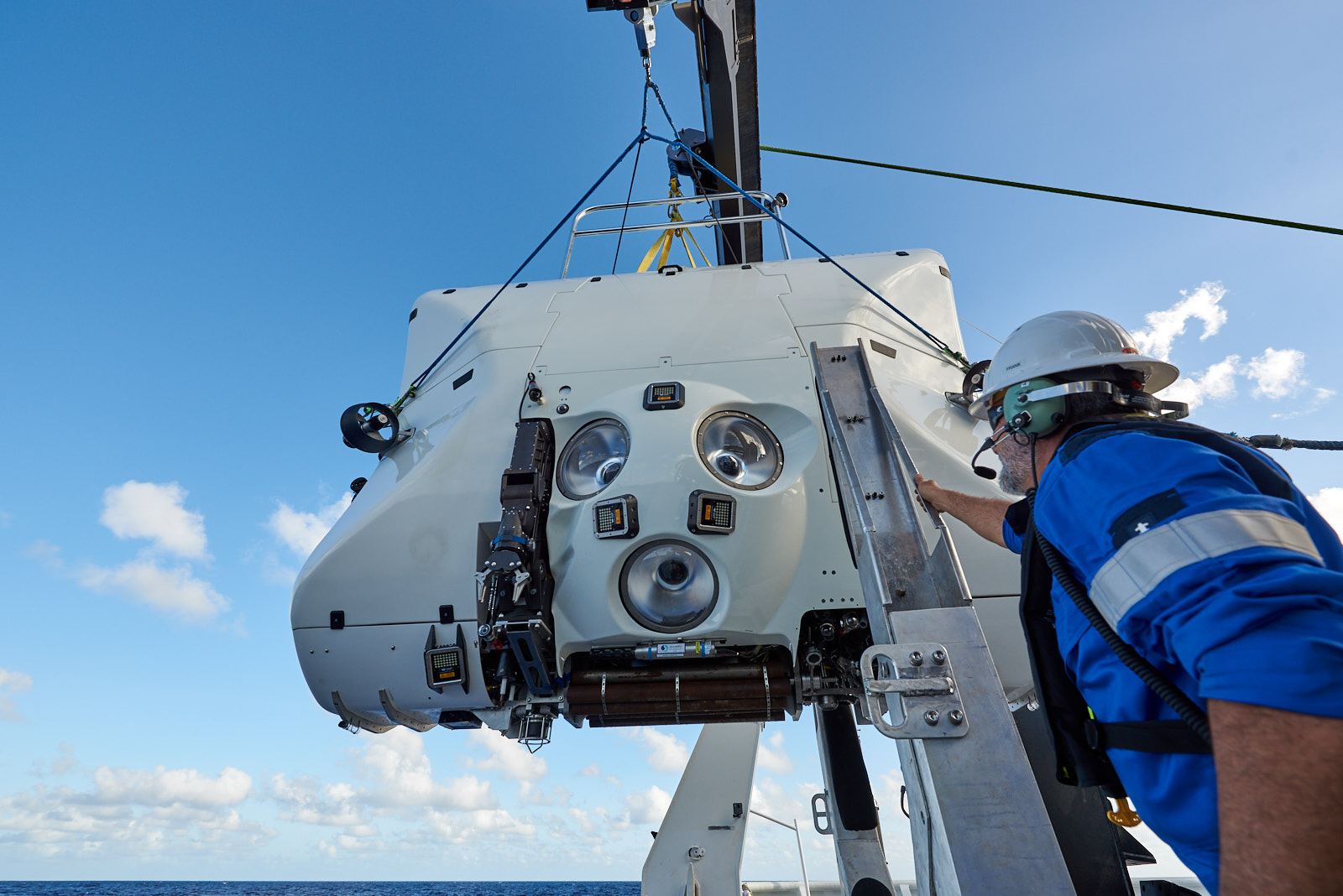
Sullivan began a military career next, working in the US Navy as the commander of a specialised oceanography and meteorology unit. After that came stints working under four different US presidents in science roles, Bill Clinton, George W Bush, Barack Obama and Joe Biden.
Even before going into space, her dream had been to dive to the ocean floor in a submersible. That prospect happened in 2020, “out of the blue”.
She was contacted by Victor Vescovo, an US explorer and private equity investor, who asked if she would like to be crew in his Limiting Factor Submersible to dive to the bottom of the Challenger Deep at the southern end of the Mariana Trench. Sullivan became the first woman to dive to the ultimate depth, the deepest known point on Earth.
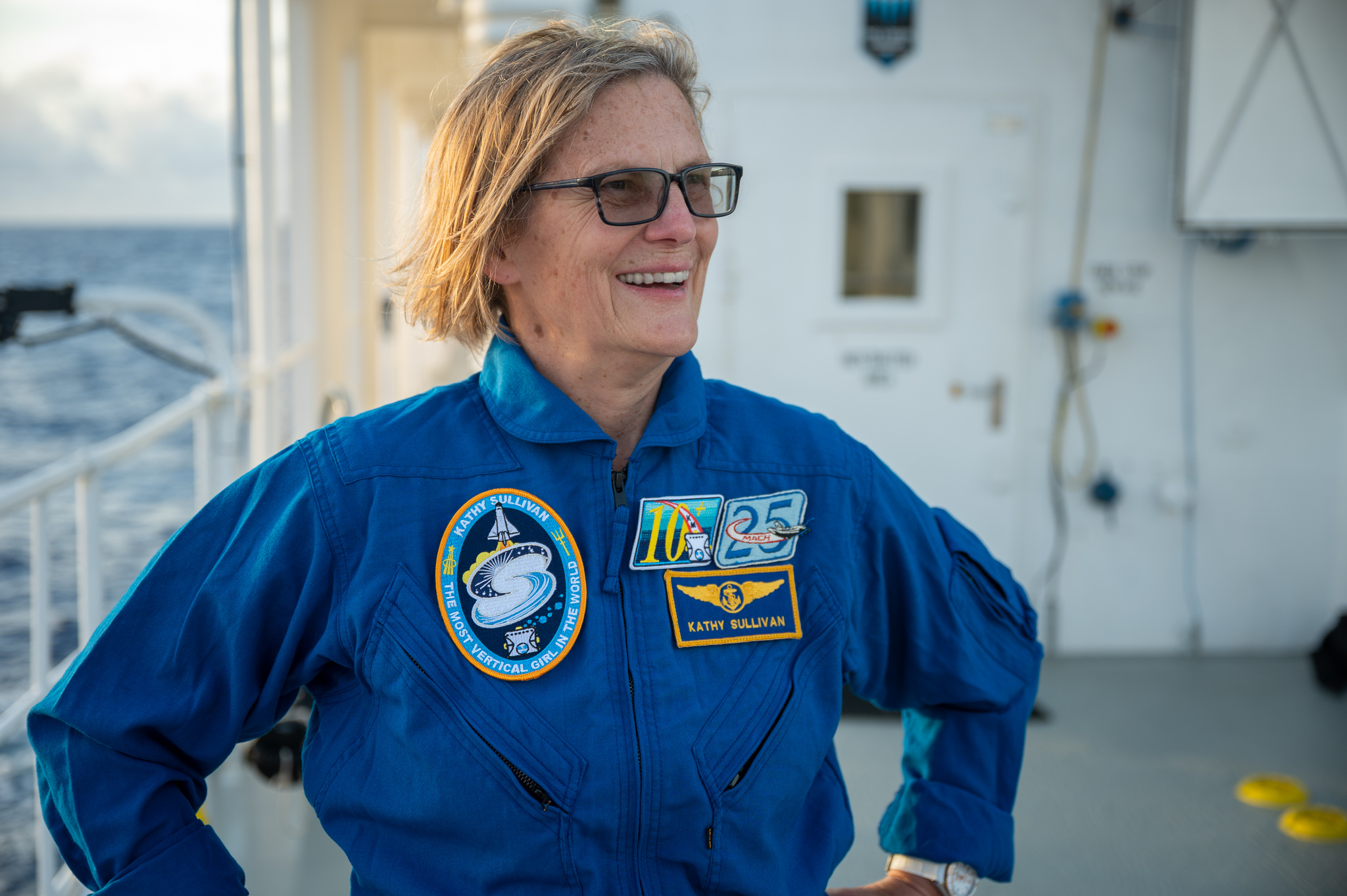
“As an oceanographer, the opportunity to go and have that full experience of the lowest point in the ocean with my own eyes, was just fantastic.” It was particularly enjoyable as, unlike being an astronaut, being a crew on a submersible required relatively little training. “All I really had to do was know how to keep quiet, sit still, and manage it if you needed to pee,” she laughs modestly.
Sullivan is often asked why exploring space and ocean deeps is important, and worth spending money on. It is something she is convinced of.
“It is tremendously valuable for human beings and countries to have the vision and boldness to achieve things that are intentionally beyond your reach at the moment,” she says. “When you force individuals to work beyond their current capabilities it gives birth to a range and scale of creativity and innovation and inventiveness. Other than space exploration, I know of no other challenge that can catalyse that degree of invention across the world and there has been a rich cascade of benefits that have flowed back to society from those innovations, from smartphones to the evolution of lasers.”
As for whether humans could ultimately live and colonise Mars, a passion project of Tesla billionaire Elon Musk, Sullivan is not at all convinced, although she does admit as a geologist seeing the volcanoes of Mars is something she has dreamed of.
“I’m sceptical about these ideas of ‘terraforming’ Mars, trying to make it Earth-like. The physics are entirely against you do that and there’s a little bit of hubris.”
Now at the age of 72, Sullivan shows no signs of slowing down. She is consulting on a project looking at the viability of creating habitats for humans to live at a 200m depth in the ocean for months at a time, to facilitate better understanding of the ocean and the benefits it could bring.
“In the process of trying the engineering, we will expand the arc of understanding. The ocean is the life-support system for everything on this planet. Half of our oxygen comes from there, and yet it is so poorly known. It’s a bold but very worthy goal.”
Whatever the outcome, Sullivan is a name that will go down in the history books. Dr Jennifer Levasseur, space history curator at The Smithsonian’s National Air and Space Museum, who is lead curator for the space shuttle Discovery, says of Sullivan: “She carries with her an unparalleled passion for studying the Earth, from the depths of the oceans to orbit in a space shuttle. That life-long interest puts her in a category alone, having positioned herself better than anyone else to do the research, guide the work of others, and promote sustained efforts to understand and protect the planet.”
This article originally appeared in Billionaire's The Power of Women Issue. To subscribe click here.

